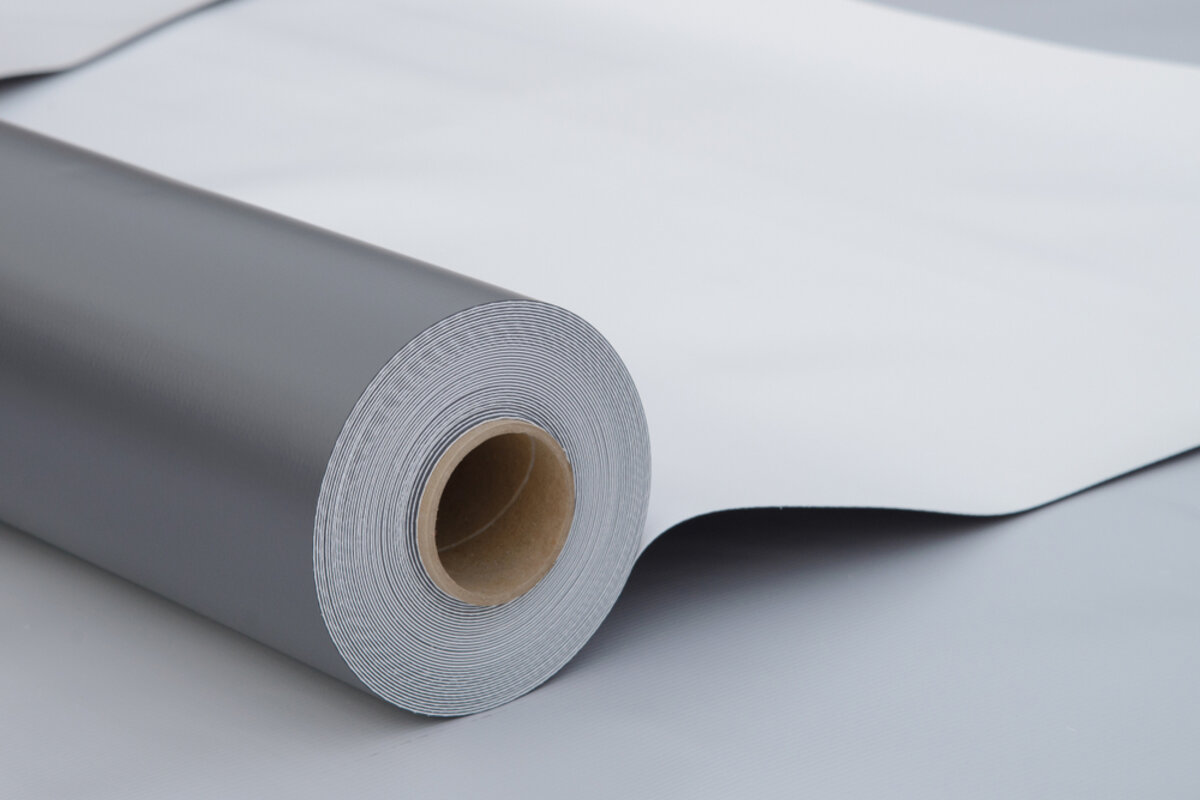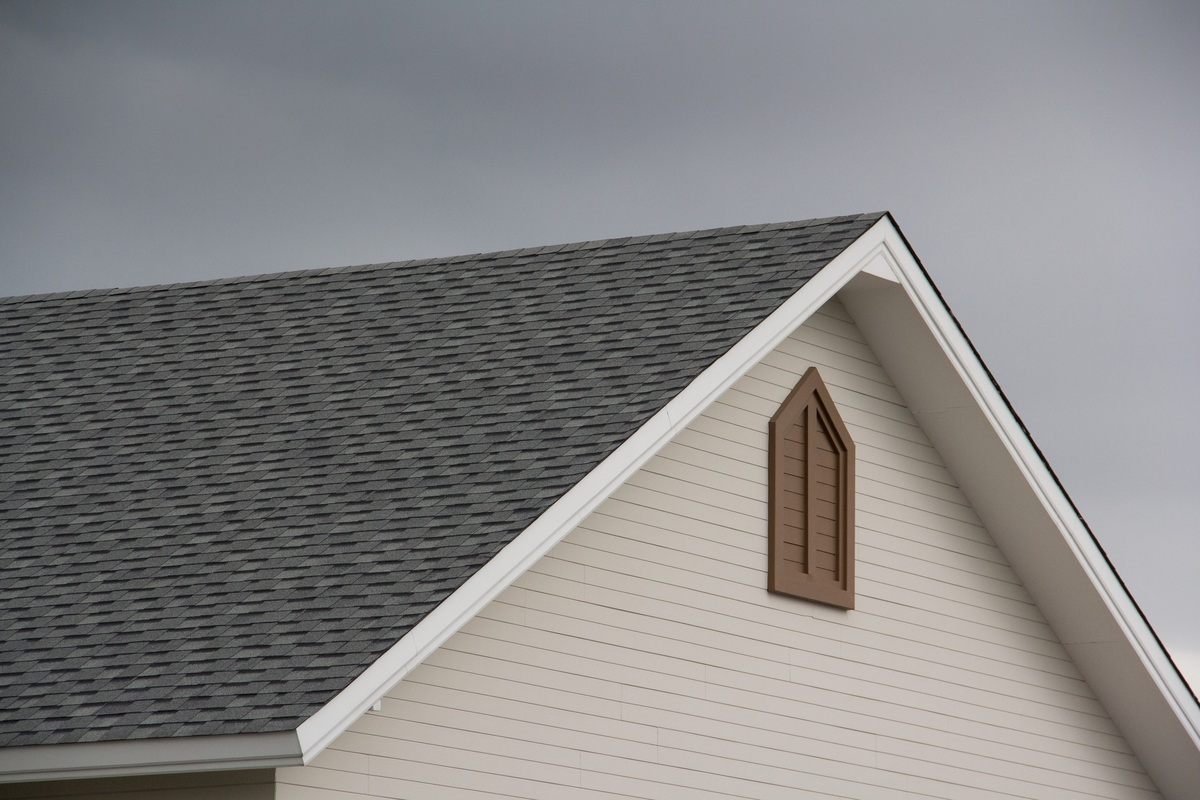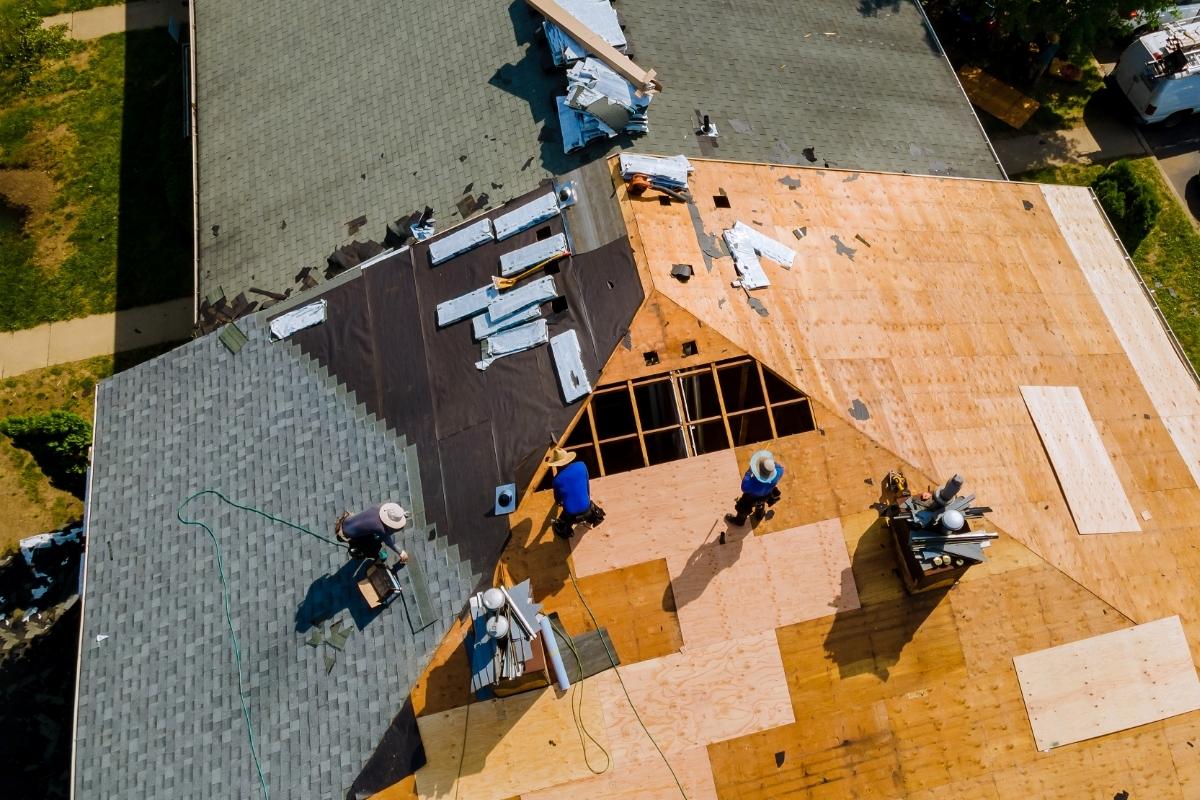When it comes to roofing, choosing the right underlayment matters. The layer between your roof decking and shingles can be crucial for protecting against water damage, wind, and harsh weather. Today’s roofing industry often narrows this choice to two main types: synthetic underlayment and traditional felt. This post will explore the pros and cons of synthetic underlayment vs. felt, guiding you to the best choice for your home or project.
Roofing Underlayment: What It Is, Why It matters
Roofing underlayment, the layer between roof decking and shingles, is the primary barrier against moisture, acting as extra protection if shingles are damaged. Underlayment also keeps debris out and aids in insulation. When it comes to selecting underlayment, synthetic and felt are the primary options, each with distinct benefits and drawbacks.
Synthetic Underlayment
Synthetic underlayment is a newer roofing technology, typically made from polypropylene or polyethylene. Known for its durability and ease of use, synthetic is popular among roofing professionals.
Benefits of Synthetic Underlayment
- Durability synthetic: underlayment is resistant to tears and harsh weather, making it ideal for windy or stormy regions. It also resists shrinking, unlike felt.
- Lightweight: Being lighter, synthetic underlayment is easier to carry and install, which can reduce labor costs.
- Water resistance: Synthetic materials often provide a waterproof barrier, ideal for areas with heavy rain or snow.
- UV and temperature resistance: Synthetic holds up against UV exposure, important if shingles are installed slowly. It’s also resilient in temperature extremes.
Drawbacks of Synthetic Underlayment
- Higher cost synthetic: underlayment is generally more expensive upfront than felt, but its durability may make up for this over time.
- Lower breathability: Synthetic materials may trap moisture, which can be a drawback in some climates.
Felt Underlayment
Felt, or “tar paper,” has long been a staple in roofing. Made from organic or fiberglass materials with asphalt, it’s reliable and affordable.
Benefits of Felt Underlayment
- Affordability: Felt is typically more affordable than synthetic, appealing for large or budget-friendly projects.
- Breathability: Felt allows moisture to escape, reducing risks of mold or mildew.
- Fire resistance: The asphalt in felt makes it relatively fire-resistant, a plus for fire-prone areas.
Drawbacks of Felt Underlayment
Lower durability: Felt is more prone to tearing and shrinkage, especially with prolonged UV exposure. Heavier and harder to work with: Felt’s weight can make it harder to install, increasing labor time and cost. Limited UV resistance: Felt degrades more quickly than synthetic if exposed to sunlight for extended periods.
Which One Is Right for Your Roof?
Choosing between synthetic underlayment vs. felt depends on project needs, budget, and climate. Synthetic is ideal for those seeking durability in extreme weather, though it’s pricier and less breathable. Felt is a cost-effective choice with better breathability, although it requires more maintenance in harsh conditions.
Conclusion
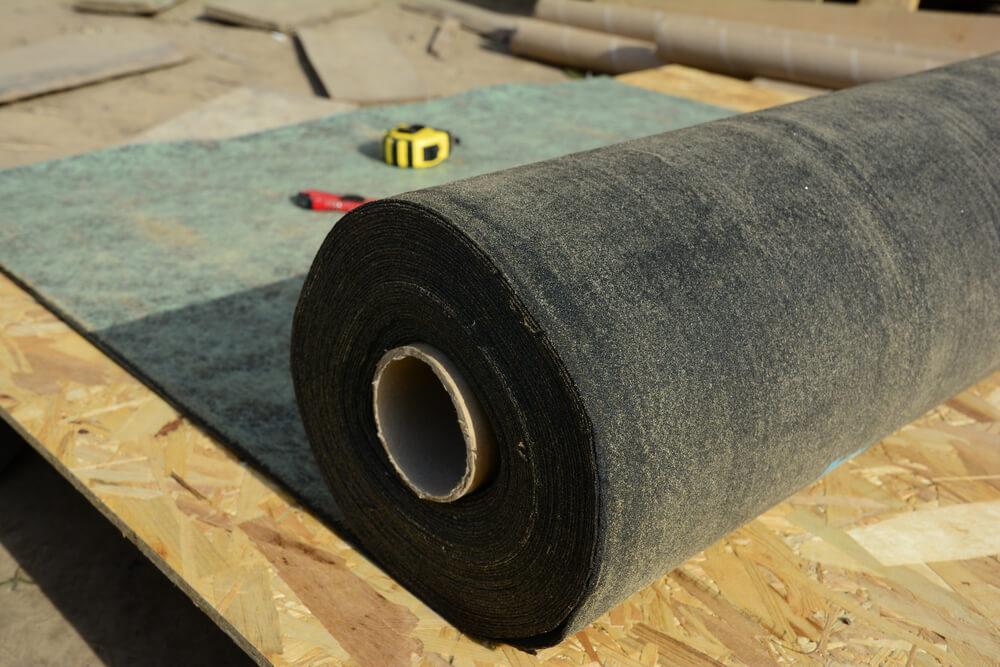
Both synthetic and felt underlayment offer unique benefits, and your choice should be based on your home’s needs, typical weather, and budget. Synthetic underlayment vs. felt is a balance between durability and affordability. Contact DryTech Exteriors today to learn more about the best options for your roofing project.
